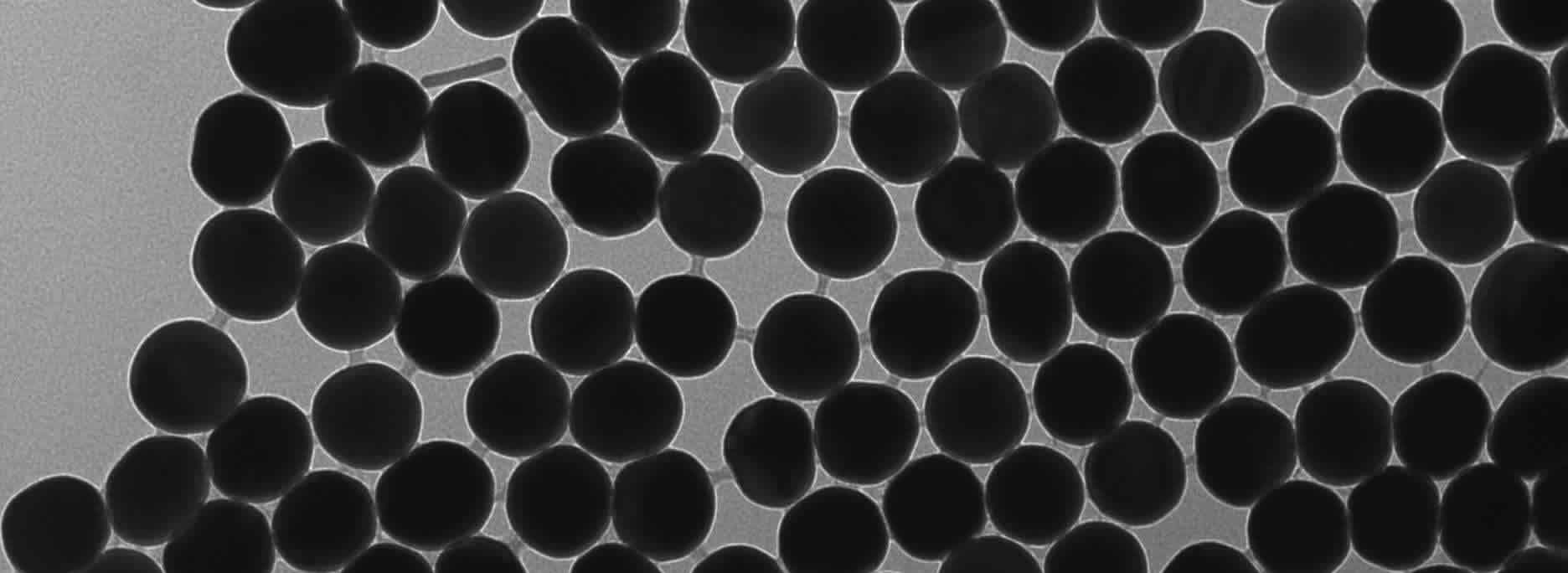How to Choose the Right Ligand
When choosing the right ligand for gold nanoparticles (AuNPs), it is essential to consider the specific application as well as the properties you wish to impart to the nanoparticles. Ligands can affect solubility, stability, biocompatibility, and functionalization potential of AuNPs. Here’s a guide based on the information available from Nanopartz™:
Types of Ligands and Their Applications
-
SAM Thiols (e.g., Cysteamine, Mercaptosuccinic Acid)
- Application: Thiol ligands are commonly used due to their strong affinity for gold surfaces, which results in stable AuNPs. They are ideal for biomedical applications such as drug delivery and imaging.
- Properties: Provide stability in various solvents and enable further functionalization with biomolecules.
- Polyethylene Glycol (PEG)
- Application: PEGylation is used to enhance biocompatibility and prolong circulation time in the bloodstream, making PEG-coated AuNPs suitable for in vivo applications like targeted drug delivery and diagnostic imaging.
- Properties: Reduces non-specific binding and improves nanoparticle stability in biological environments.
- In Vitro Polymers (e.g., Carboxyl-Polymer)
- Application: These are useful in applications requiring specific surface charges or functionalities, such as biosensors and therapeutic agents.
- Properties: Provide excellent colloidal stability and can be modified to carry various functional groups for targeted binding.
- Antibodies and Peptides
- Application: Functionalization with antibodies or peptides is ideal for targeted applications in biosensing, imaging, and therapy, particularly for targeting specific cells or proteins.
- Properties: Enable high specificity and affinity towards target molecules, crucial for diagnostic and therapeutic applications.
- Organic Ligands (e.g., Alkane Thiols, Alkyne Ligands)
- Application: Suitable for creating monolayer-protected clusters (MPCs) for catalytic applications or electronic devices.
- Properties: Provide control over surface chemistry and electronic properties, which is important for applications in catalysis and electronics.
Considerations for Ligand Selection
- Solubility: Choose ligands that render the AuNPs soluble in the desired solvent (e.g., water, ethanol, DMSO). For example, thiol and polymer-coated AuNPs often provide good solubility in aqueous environments, while alkane thiols might be better for organic solvents.
- Functionalization: Depending on the functional groups available on the ligand, the AuNPs can be further conjugated with other molecules such as drugs, fluorescent markers, or targeting ligands.
- Stability: Ligands such as PEG and certain polymers can enhance the stability of AuNPs in various conditions, preventing aggregation and maintaining their functional properties over time.
- Biocompatibility: For in vivo applications, biocompatibility is crucial. PEG and certain biocompatible polymers reduce immunogenicity and improve circulation time in the body.
Conclusion
Selecting the right ligand for gold nanoparticles depends on the specific needs of your application, such as the desired stability, solubility, functionalization capability, and biocompatibility. By carefully considering these factors, you can optimize the performance of AuNPs for various scientific, medical, and industrial applications. For detailed specifications and options, visit Nanopartz™ to explore their comprehensive range of functionalized gold nanoparticles and custom conjugation services
Go here for Nanopartz Gold Nanoparticles

